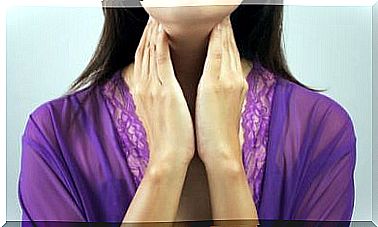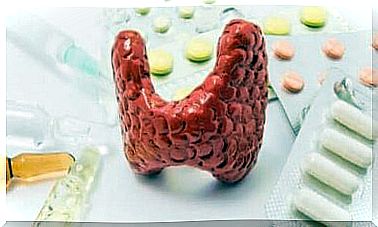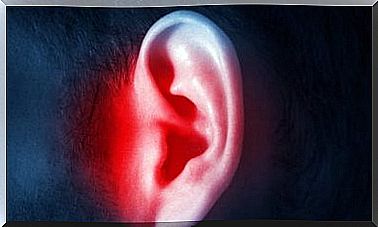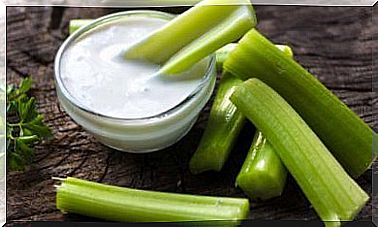9 Tips For Quick And Safe Ear Cleaning
As they are not the best choice, when using ear cleaning swabs, remember that they are only for the outer part of the ear, not over the middle ear out.
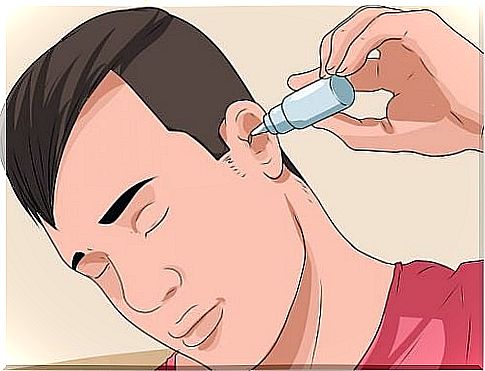
Do you have to clean your ears? The subject of ear cleaning is of central importance. Ignorance of how to do this can result in irreversible damage.
Some bad ear cleaning habits
Many people clean their ears by inserting items like swabs, chopsticks, crochet hooks, and even pens or keys. They believe that this way they can remove the wax and any elements that cause a clogged ear feeling.
However, they achieve the opposite effect. Foreign bodies change the pH and fatty acid content, completely remove the wax and reduce the ear’s ability to defend itself against germs.
The body has a natural mechanism for cleaning the ears that is very effective and should not be compromised. Any improper action can disrupt this mechanism and lead to problems that can ultimately lead to numbness.
The ear consists of three parts: an outer part (outer ear), an auditory canal (middle ear) and at the very back the membrane of the eardrum (inner ear). The ear wax occurs in the ear canal and is the ear’s natural protection.
What is the function of ear wax?
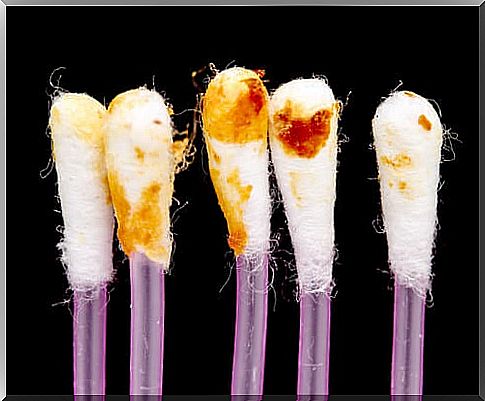
- It stops germs and small waste materials from entering the ear canal
- It prevents infections
- It prevents water from entering
Continuous wax removal removes this natural defense from the ear. On the other hand, inserting sharp objects can damage the eardrum and cause numbness.
How do I clean my ears without damaging them?
1. Use saline solution
ingredients
- 1/2 cup of warm water (125 ml)
- 1 tablespoon fine salt (10 g)
equipment
- 1 piece of cotton wool or a pipette
What should I do?
- Put 1 tablespoon of fine salt in half a cup of lukewarm water. Mix until the salt has completely dissolved and a homogeneous solution results.
- Soak a piece of cotton wool with this solution and put a few drops in the ear. A pipette can also be used for this purpose.
- Keep your head tilted slightly with the ear to be treated facing up.
- After a few minutes of exposure, tilt your head to the other side so that the solution comes out again.
2. hydrogen peroxide

- Mix equal parts of boiled water and hydrogen peroxide.
- Proceed as with the saline solution and pour the mixture into your ear with a cotton ball or an eyedropper.
3. Baby oil, olive oil the mineral oil
Suitable for ear wax plugs.
- Put a few drops in the ear to soften the wax and let the oil work all night.
- To prevent oil from leaking out before it reaches the wax, you should stick a cotton ball in your ear.
- The next morning, remove the cotton ball and allow excess oil to drain off.
4. Vinegar and alcohol

- Mix equal parts white vinegar and alcohol.
- Tilt your head to one side and place a few drops of this mixture in your ear. Leave on for a few minutes.
- After the specified time, tilt your head to the opposite side to drain the liquid.
5. Flushing
Injecting sterile water with a syringe is another way to clean your ears.
The water should be lukewarm and around body temperature. Thoroughly dry the ear after rinsing.
6. Daily actions
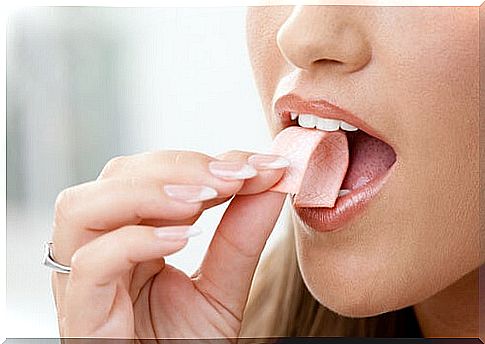
If you feel a wax plug in your ear, there are a number of activities that can be performed that will naturally drive the wax plug out.
Some of the most effective measures to do this are:
- to chew bubble gum
- Move the jaw
7. Using swabs to clean your ears
If you usually use swabs to clean your ears, there are a few things you have to do to avoid causing damage.
- Swabs should only be used to clean the outside area.
- They must be introduced straight ahead.
- They must not be inserted too deep into the ear. They shouldn’t be used to remove wax as they are not suitable for use in the middle ear.
Improper use of swabs can cause damage. There is a risk that ear wax and other debris in the outer ear will be forced into the ear, causing blockages and infections.
8. Do not overdo ear cleaning
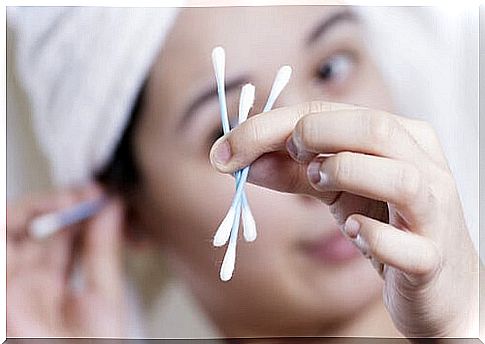
Excessive ear hygiene is not a good thing because, as mentioned above, ear wax has a natural defensive function. It is recommended that you clean your ears once a week regardless of which procedure you use.
9. If there are symptoms of infection
In the case of severe pain, redness and fever , it is advisable not to perform any interventions yourself and to consult a doctor immediately.
Visiting a specialized ear doctor regularly is always a good idea.
The doctor can examine the inside of the ear with special instruments and suggest the most appropriate method to clean the ears according to your situation.

